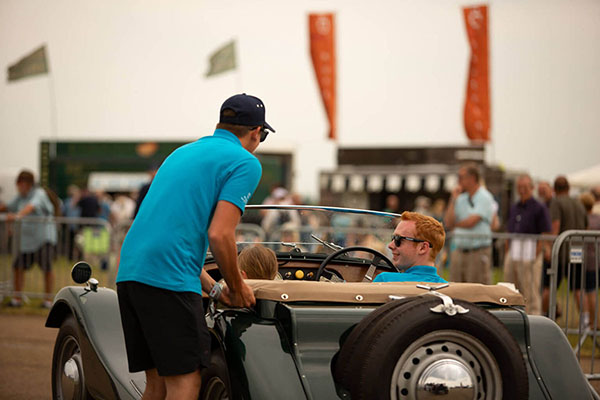21 May 2025
How many times have you seen a classic car – or bike, van… – you once owned and wished longingly that you still did? In a nostalgic industry, it’s natural feel some nostalgia to those vehicles you once ran, even if rose-tinted glasses mean you forget the hassle and heartache they perhaps once caused.
But should you ever go back? There are plenty of arguments both for and against it, so let us play a hypothetical game for now.
Buying back a previously owned classic
There are two ways to look at ‘buying back’ a classic. One is to buy an exact model that was previously owned by yourself; same registration etc. The other is to buy a car that is very similar to one previously owned. We’ll start with the former.
It’s also the most unlikely and trickiest way to source a car. There is no classified section for people looking for the exact same vehicle that was once theirs unfortunately, so the methods of tracking it down become restricted. The most likely way to find an old model is to contact the current owner, who is probably the person you sold it to. Or perhaps by getting in touch with them to ask the new owner… however many stages downstream you need to and are able to go.
This not only means you can get in touch with the present owner, but also gives you a great idea as to what condition the vehicle is in, what’s been done to it, how well it has been treated, and all manner of other vital information to ensure the provenance is as perfect as possible.
Sometimes it’s even less sophisticated. Occasionally – and it depends on a great deal of luck – you will see your previously owned car. It may be parked somewhere, perhaps in a classic car meeting, or even word of mouth from a friend or family member who has seen it.
And from here, the simplest approach is usually to leave a note under the windscreen asking that, if they were interested in selling it, you would be happy to discuss a price. Or chat to them if you see the owner around. It's not perfect and relies on a bit of good fortune, but it’s as much as you can do really.
The other main option is to do a little detective work. Which really means putting out a call in the sorts of places that may be able to help. Contact owners’ clubs, visit classic events, search make-specific magazines for mention of your car, and you may come up trumps. But it’s all likely to take time.
Buying back a car similar to a previously owned classic

Of course, another approach – and often a simpler one – is to buy a car that is very similar to one owned by you in the past. Perhaps an even better one. You might have wanted a more powerful engine, a different transmission, or even simply a car in better condition than one you had before.
Or perhaps you want one in worse condition, to have the fun of rebuilding and moulding said machine into your dream set of wheels again. The reasons behind doing so are myriad. But often, the resulting purchase is easier to achieve. After all, you’re looking for one type of car, rather than one individual vehicle out of more than 35.5 million cars on UK roads.
Whichever approach you look to take, there is some good sense in looking at a past favourite. For one, you will be familiar with the model’s intricacies, foibles, weak points, and strengths. Especially if it’s the same model you once owned.
You will likely have access to tools and parts that you found you needed in the past, and perhaps even a set of contacts who you can rely upon for sound advice or expertise.
The one caveat is that it is important to remember those potential issues that caused you to sell the vehicle in the first place. Often, these are circumstances outside your control; a growing family, lack of space or funds, the temptation of a different vehicle… in which case, the desire to recapture a ‘lost’ car is commonplace. If you had previously become fed up with its temperamental nature or its money-pit repair bills, it is perhaps best to carefully consider these again before coming over all misty-eyed at the prospect of regaining a previous car.
But otherwise, take a punt. It’s a sound way to buy a classic, with plenty of the groundwork already having been carried out in previous years.

COMMENT